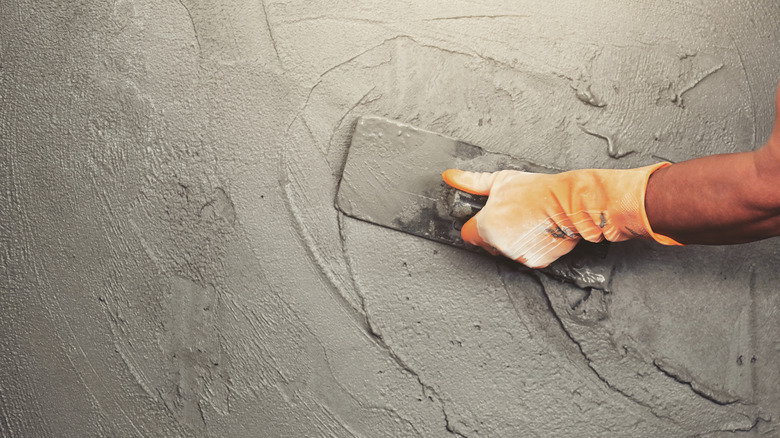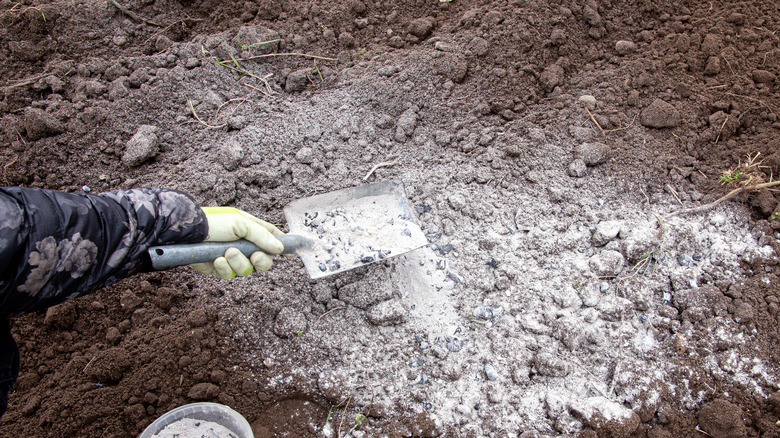What Is Fly Ash And How Is It Used?
Fly ash is produced when coal particles are burned in power plants to generate electricity. The fine powdery substance produced, which contains mainly mineral matter, gets carried away by exhaust gases. While it is technically classified as a hazardous waste product when sent to landfills, its use has become increasingly important due to its beneficial properties and applications in various industries.
Fly ash is a versatile material that finds implementation in many industrial settings, but it can also be practical for residential applications. Most commonly, it is used in the production of concrete; its density is typically lower than that of cement, so it serves as an additive that can replace some of the cement in a project. This enhances the concrete's strength, durability, and workability, making it great for high-traffic areas or complex jobs. Fly ash can also be used in the garden as a soil amendment.
It is vital to be aware of the potential hazards associated with fly ash and take necessary precautions when working with it. According to the U.S. Environmental Protection Agency (EPA), it contains contaminants such as mercury, cadmium, arsenic, and other toxic substances. These contaminants can harm human health and the environment if not handled properly. Although the EPA supports beneficial uses of the ash, homeowners should consult certified professionals for its application since the substance cannot be purchased by consumers.
Concrete additive
Adding fly ash to concrete significantly improves a structure's durability, making it more resistant to cracking, reducing permeability, and enhancing long-term performance. Fly ash particles react with calcium hydroxide, a byproduct of cement hydration, to form additional cementitious compounds. This process, known as a pozzolanic reaction, improves the overall strength and performance of the concrete. This means concrete structures will withstand rugged use and the elements more effectively. Fly ash also has the unique property of reducing the heat generated during the hydration process of concrete. This is particularly beneficial in large-scale projects.
Adding fly ash to concrete can also save homeowners money. Because it is often more cost-effective than cement alone, incorporating fly ash can be economical for extensive hardscaping projects. In addition, since the resulting mixture is easier to work with and install, you might save money on labor expenditures. While a 2014 study by the EPA showed that it is safe to use in concrete and wallboard, proper proportioning and mix design are essential. Consulting with concrete professionals or contractors certified in its use can help ensure the safe application of this additive.
Soil amendment
You can add fly ash to garden soil to improve its physical and chemical properties. For instance, it helps enhance soil structure, water retention, and drainage, creating a favorable environment for plant root development. Fly ash can also reduce soil acidity, making it beneficial for plants that prefer neutral to alkaline conditions. This can potentially increase your garden's productivity and reduce the need for chemical fertilizers. In addition, research has shown that it can enhance soil fertility and nutrient content when added in appropriate quantities. Using it as a garden fertilizer can provide essential minerals and improve the overall health of plants.
However, it is crucial to recognize the potential dangers of using fly ash for landscaping. It contains contaminants that can harm the environment and pose cancer or neurological risks in humans if misused. For instance, adding too much to your soil can decrease your garden's yield and cause crops to accumulate toxic concentrations of contaminants. Therefore, proper handling and application procedures (as well as relying on a certified landscape professional with experience utilizing fly ash) are essential to mitigate potential hazards.


